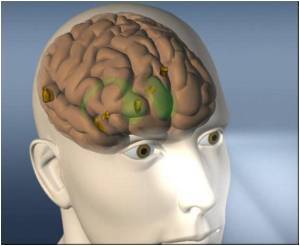
The team had participants look at faces that had been camouflaged and either held upright or turned upside down. They found that right-side up faces were easier to see - and activated the face areas in the brain more strongly - thus demonstrating that our brains are specialized to understand this orientation.
The surprise came when they found this bias in brain activity also applies to pictures of animals.
Like faces, animals are biological visual forms that have a typical upright orientation. In the study, Strother and his colleagues propose that the human visual system allows us to see familiar objects - not just faces - more easily when viewed in the familiar upright orientation.
They also demonstrated this bias can be found in the neural activity of those brain areas involved with the most basic steps in visual processing, when visual inputs from the eyes first reach the brain.
The study has been published in the journal PLoS ONE.
Advertisement













